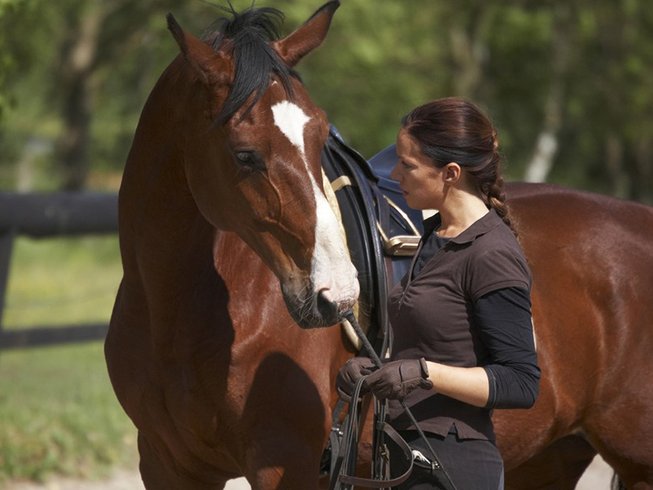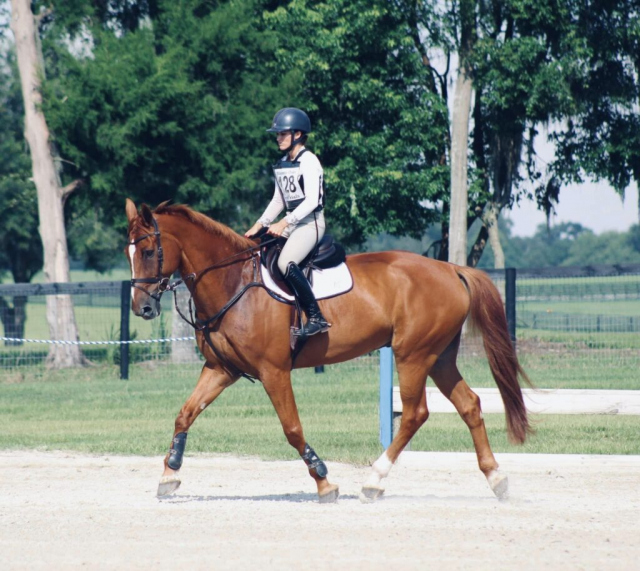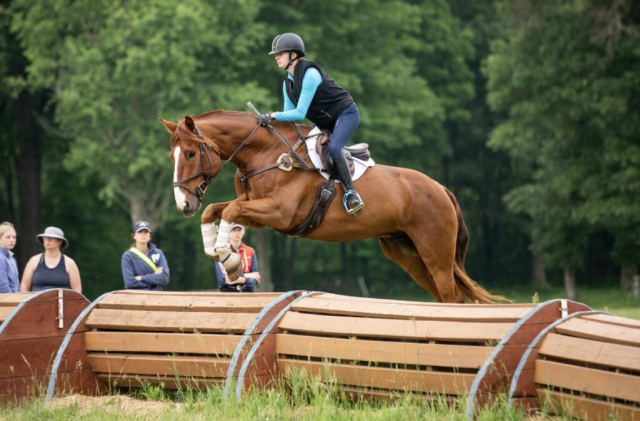Discover the best horse training methods including natural horsemanship, clicker training, and classical dressage. Learn how to build trust, enhance communication, and train your horse effectively with proven techniques.
Best Horse Training Methods: A Short Answer
The best horse training methods combine consistency, positive reinforcement, groundwork, and understanding the horse’s psychology. Techniques such as clicker training, natural horsemanship, and classical dressage are highly effective in developing trust, communication, and obedience in horses. These methods focus on mutual respect and clear communication, making them suitable for different training goals.
Understanding Horse Psychology
Before diving into specific training methods, it’s crucial to understand the psychology behind horse behavior. Horses are herd animals that respond best to clear communication and gentle, firm leadership. This is why positive reinforcement and pressure-release techniques are often the foundation of effective horse training. Horses seek to avoid discomfort and will repeat behaviors that result in a reward.
Key Aspects of Horse Psychology:
- Flight Response: Horses are prey animals, meaning they react quickly to perceived threats. Understanding this natural tendency helps trainers avoid spooking horses.
- Herd Dynamics: Horses naturally seek a leader. A trainer must take the role of a calm, confident leader to establish trust and respect.
- Learning through Repetition: Consistency and patience are critical, as horses learn by repeating actions and gradually understanding commands.
Top Horse Training Methods
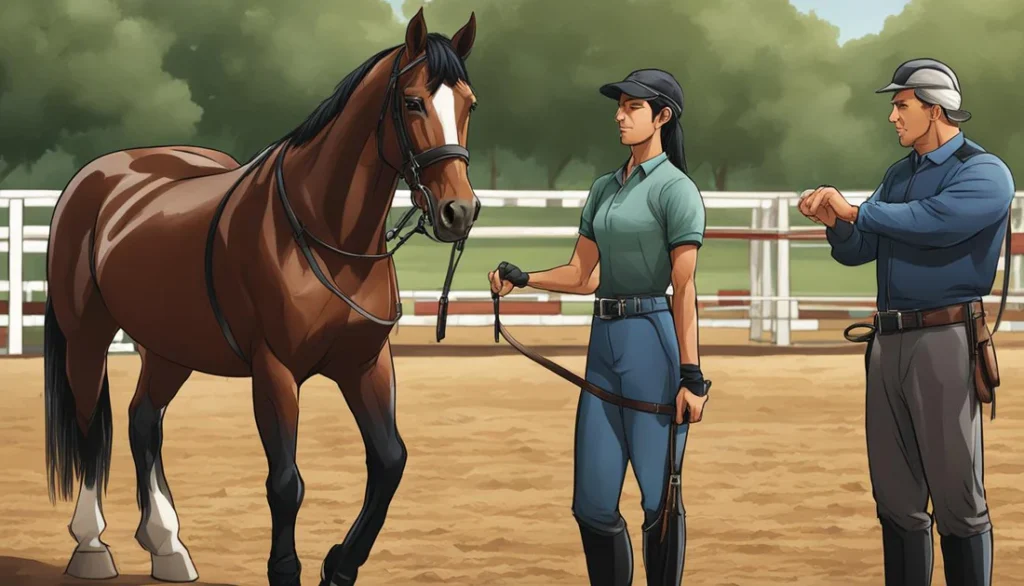
1. Natural Horsemanship
Natural horsemanship emphasizes understanding the horse’s instincts and working with them rather than against them. Popularized by trainers like Pat Parelli and Buck Brannaman, this method involves gentle, clear cues that respect the horse’s psychology.
- Groundwork: Exercises like lunging and leading are foundational in this method, teaching the horse to follow commands without fear.
- Pressure and Release: This technique involves applying light pressure through reins or leg aids and releasing as soon as the horse responds correctly.
- Join-Up Technique: Developed by Monty Roberts, this specific approach encourages a bond between horse and trainer, allowing the horse to “choose” to follow the trainer’s lead.
Benefits:
- Builds a strong horse-human relationship
- Reduces the likelihood of behavioral issues
- Effective for both young and older horses
2. Clicker Training
Clicker training is a form of positive reinforcement where a clicker sound marks the correct behavior, followed by a treat or reward. This method is widely used in many animal training disciplines, but it’s increasingly popular in horse training for building trust and motivation.
- Step-by-Step Learning: By breaking tasks into small, manageable steps, horses are not overwhelmed.
- Immediate Feedback: The clicker provides instant feedback, making it clear which behavior is desired.
A study conducted by D.S. Mills and C.L. Cooper showed that clicker-trained horses performed tasks more willingly and with fewer behavioral issues compared to traditionally trained horses.
Benefits:
- Increases the horse’s motivation and enthusiasm
- Suitable for all types of horses, including those with anxiety
- Promotes quick learning through clear cues
3. Classical Dressage Training
Classical dressage is a traditional training method that focuses on balance, flexibility, and harmony between horse and rider. It uses gymnastic exercises to strengthen the horse and improve responsiveness to subtle cues.
- Progressive Training: Horses progress through a series of exercises, starting with basic groundwork, leading to advanced movements like the piaffe and pirouette.
- Emphasis on Balance: Both horse and rider focus on maintaining balance, ensuring smooth communication.
- Gymnastic Exercises: These exercises condition the horse’s muscles, enhancing their performance for riding and competition.
Benefits:
- Excellent for competition horses
- Focuses on building a well-rounded, physically fit horse
- Develops a high level of obedience and precision
Training Methods Comparison
| Method | Key Technique | Ideal For | Benefits |
|---|---|---|---|
| Natural Horsemanship | Pressure and Release | Building trust | Effective for reducing fear and anxiety |
| Clicker Training | Positive Reinforcement | Behavioral training | Improves learning speed and horse’s enthusiasm |
| Classical Dressage | Gymnastic Exercises | Competition horses | Develops obedience, balance, and precision |
Consistency in Horse Training
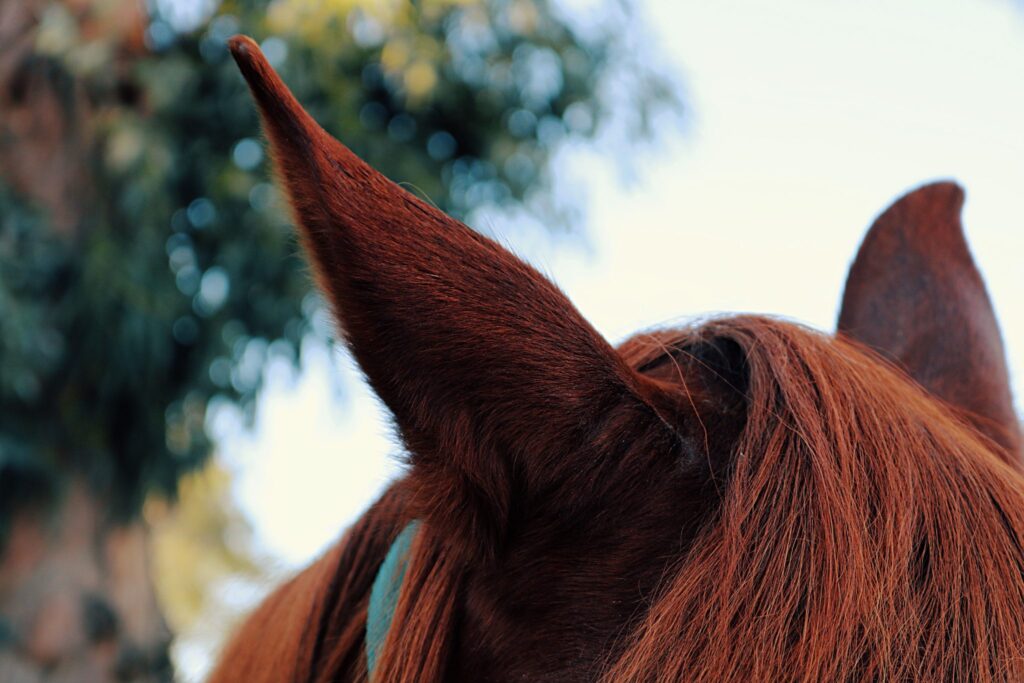
Regardless of the method chosen, consistency is key to effective horse training. Horses thrive when given clear and consistent cues. This means:
- Training sessions should be regular and short (15-30 minutes per day).
- Commands and cues must remain the same to avoid confusion.
- Progression should be gradual, allowing the horse time to master basic skills before moving on to advanced techniques.
According to a 2015 study published in the Journal of Veterinary Behavior, horses that experienced consistent training sessions learned tasks faster and retained them longer than those with sporadic training.
Common Mistakes to Avoid
When training horses, even the most effective methods can fail if certain mistakes are made:
- Lack of Patience: Horses may take time to understand new tasks. Rushing the process can result in fear and resistance.
- Inconsistent Cues: Changing cues or commands can confuse the horse, leading to slower progress.
- Overworking: Long or overly intense training sessions can cause burnout or physical strain.
Tailoring Training to Individual Horses
Every horse is unique, with varying temperaments, learning speeds, and physical abilities. Training methods should be adjusted based on these individual characteristics. For example:
- Young horses may require more groundwork and desensitization.
- Older horses may benefit from shorter, less physically demanding sessions.
- Anxious horses might respond better to positive reinforcement techniques like clicker training rather than pressure-based methods.
Importance of Professional Guidance
While many horse owners train their horses independently, working with a professional trainer can significantly improve results. Professional trainers can provide personalized guidance, help correct issues early, and ensure that training methods are used correctly. Many experts also offer clinics and workshops to educate horse owners on various training techniques, making it easier to apply the right method for each horse.
Final Thoughts on Effective Horse Training
Choosing the best horse training method depends on your goals, the horse’s temperament, and the specific skills you wish to develop. Combining various techniques such as natural horsemanship, clicker training, and classical dressage can lead to a well-rounded, responsive, and happy horse. Always focus on consistent communication, patience, and respect for the horse’s natural behaviors.
For more in-depth guidance on horse training techniques, visit American Association of Professional Trainers or check out Parelli Natural Horsemanship.

